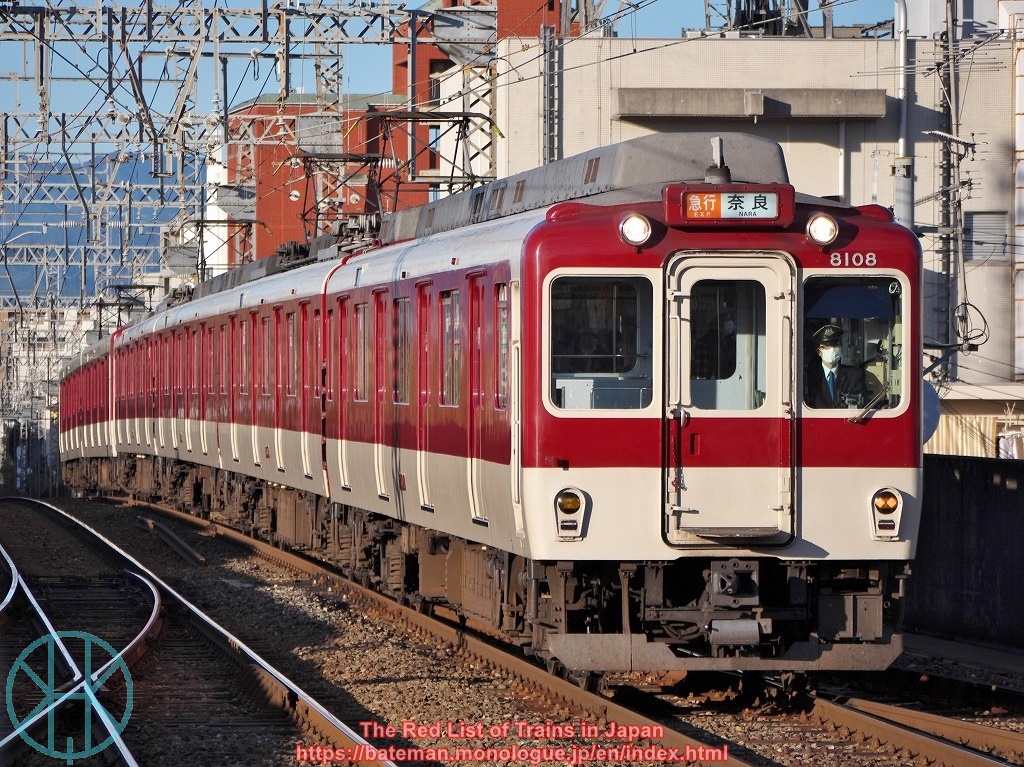Since 26 December, two four-carriage units of Keikyu 600 series have got stickers under a windscreen. On the one hand, it commemorates the 50th anniversary of Kawasaki Ward of Kawasaki City. In 1972, seven wards were established as Kawasaki City became a government ordinance city. The government ordinance city is an important term when it comes to devolution, but this article does not focus on it.
On the other hand, it reads "TOKAIDO KAWASAKI SHUKU 400TH". It apparently shows the 400th anniversary of something, but what is Tokaido Kawasaki Shuku? The first word sounds like Tokaido Main Line, one of the most important railway in Japan, but do they have a connection with each other? The answer is yes. Those who have studied Japanese history must know it and might have already realised what does this sticker mean.
Tokaido was the most important route that dates back to the 8th century. The route has changed as the time passed, and the most well-known Tokaido is not so old. It was developed in 1601 as the most important road connecting Edo (now Tokyo) and Kyoto. As the route was designed to be heavily used by travellers and couriers, there were post station towns consisted of various facilities including inns and horse stables.
There were 53 stations between Nihombashi in Edo and Sanjo Ohashi in Kyoto, and thus they were called Tokaido Gojusan-tsugi (lit. 53 stations of the Tokaido). A series of ukiyo-e woodcut prints with the same name, created by Utagawa Hiroshige, is well known across the world.
The Kawasaki-shuku (also pronounced as Kawasaki-juku), established in 1623, was the second post station after Shinagawa-shuku. Initially, there was no post station between Shinagawa and Kanagawa, but the distance between these two stations was approximately 12.2 miles, so long for horses running at high speed that the Tokugawa Shogunate (de facto government) decided to establish another station in between. The photo above is the road exactly what was called Tokaido in the Edo period (1603-1868), and the signboard next to a traffic signal reads "Tokaido Kawasaki Shuku".
 |
| Tama River and Kawasaki-shuku |
There is a small museum called Tokaido Kawasaki Shuku Koryukan. This model shows how was the area used to be in the 17th century. It was not so far from Edo (approximately 11 miles to Nihombashi), but not a few people had to spend days here when water levels of Tama River rose and thus no boat service was available.
The Kawasaki-shuku was mostly ruined by the end of the Edo period due to financial difficulties. It is said that one day in 1857, Townsend Harris (the first American Consul General to Japan) planned to stay here for the night but had to change his schedule because of poor facilities. The shuku finally came to an end when Kawasaki station of the first railway in Japan opened in 1872.
 |
| Kawasakidaishi - Higashimonzen, 5 Jan 2023 |
Coming back to the year 2022, Kawasaki City office decided to promote the anniversary so that the logo, created by an ordinary office worker, has been chosen for programmes and events that the City office plans to carry out.
According to Keikyu, the two trains will have the stickers until 28 January. They mainly run on Daishi Line, and their schedules are available here unless they are not in service or run other lines of the network.















